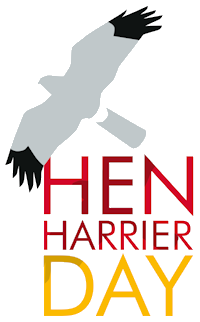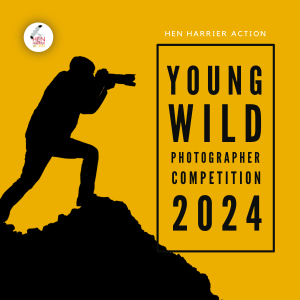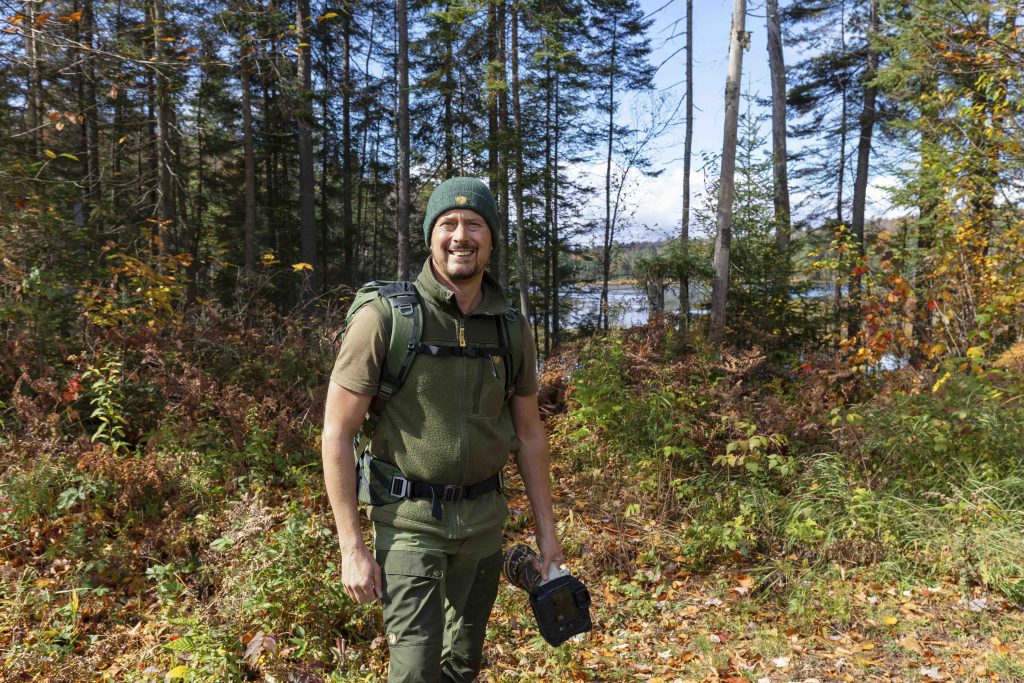
Richard Birchett is a published and award-winning wildlife photographer from Cornwall, now based in Ontario, Canada for the next four years. He has worked with BBC Wildlife Magazine, Springwatch, Countryfile and The Wildlife Trusts, and is the UK and Canada Ambassador for Nature First, an alliance promoting ethical wildlife photography. A finalist in many prominent photography competitions, he won the League Against Cruel Sports Wildlife Photographer of the Year in 2021.
HHA: What first prompted your interest in wildlife photography?
I probably started to become interested in wildlife photography aged about 9 or 10, but I consider myself a naturalist first and a photographer second, so I was very much a birder from a young age, and I began to want to document the wildlife I was seeing on film.
My family lived in Cornwall, right down on the Lizard, and it’s a great location for wildlife on the coast and inland. I think it was Barn Owls that really captivated me, quartering over the fields at dusk, and made me want to capture them on film. My uncle, a keen birder and photographer, took us out in the evenings watching Barn Owls emerging from barns at night. I also developed a great interest in Hen Harriers at that time.
Now, wildlife is ‘the big thing’ and it’s cool to be a birder. It’s cool to be a wildlife photographer. Back then when I was growing up, it was unusual to be interested in wildlife. People thought you were odd!
HHA: You developed your skills as a pathfinder while serving in the UK military as a survival specialist. What kind of skills did you find were transferable to your career now as a wildlife photographer?
I was in the military for 22 years. I started as a tactical systems specialist on nuclear submarines for five years, but for most of my military career I was a survival specialist. I would teach mainly aircrew and special forces about desert, Arctic, jungle and sea survival, encompassing the equipment you use, how to survive, escape and evasion behind enemy lines, surviving interrogation, things like that.
It involved wildly differing environments, from Scotland and Norway to Belize and Nevada, and in each of these teaching wildlife fieldcraft skills like tracking, recognising scat and droppings, tree species and birds. Being the survival guy grew my interest in the natural world still further.
I still serve as a reservist now, but for the next few years that’s not possible, as I relocated to Canada last year for four years.
HHA: You are a keen advocate of ethical wildlife and nature photography, and a Nature First ambassador. What are the behaviours that you recommend to become a more ethical wildlife photographer?
You’ve got to prioritise the wellbeing of the subject – the species – above your own needs. Sometimes people forget the impact that they have on wildlife in changing their behaviour and disturbance to their habitat in order to get the image. And that’s even more important in the breeding season. Actions like baiting, using recorded birdcalls, shaking bushes, just to get a reaction, is not right. You have to respect the wildlife you are photographing.
There’s a huge growth of interest in wildlife and wildlife photography now. Everybody wants to do it. Everyone wants to get a good picture, post it on social media and make it look great.
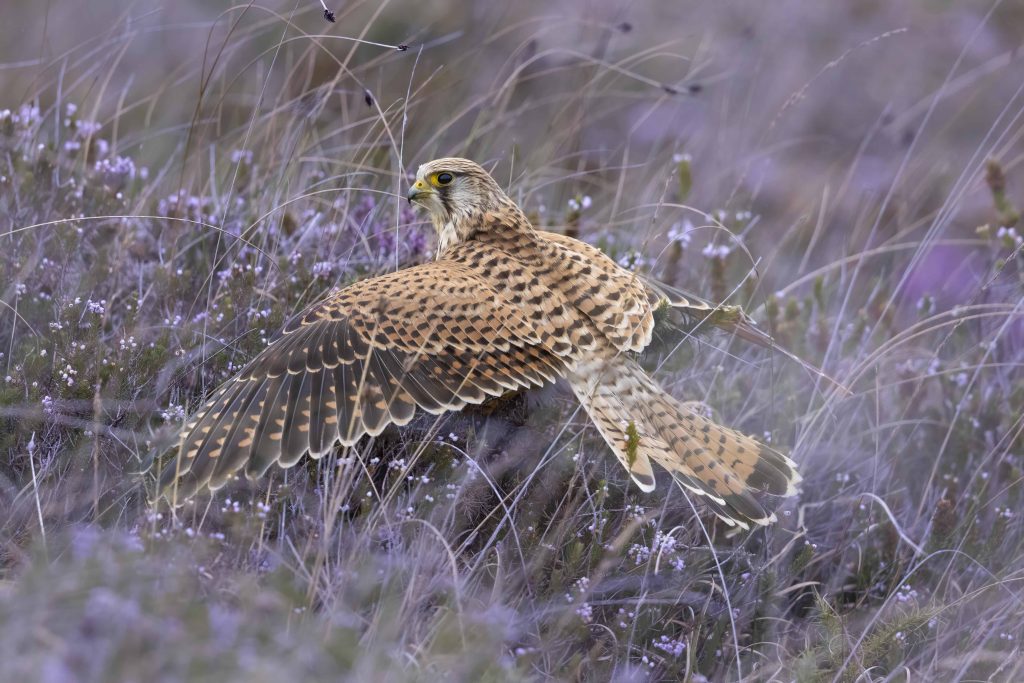
But educating themselves about wildlife behaviour and good fieldcraft is missing for too many individuals. A few are doing it maliciously but many just don’t know the right way to approach wildlife photography. I think everyone should know the principles of Nature First.
A lot of photographers just want to get the shot, and for example, if you are photographing birds of prey, you have to remember that they need to hunt. You shouldn’t be interrupting that behaviour and risking the bird going hungry just to get a great image. Spend time out in the environment. Too many photographers simply want to get from A to C, without spending time on B – studying bird behaviour and their habitat. They’re missing the best bit!
HHA: What kind of fieldcraft skills can help photographers when they are out in the field?
I think preparation, reading up in advance, observation, learning to recognise bird calls are all important. Don’t walk directly towards subjects if you can avoid it, but move sideways or at an angle. Drab clothing is useful, but it doesn’t have to be full camouflage – keen-sighted birds like raptors know you’re there even if you’re dressed as a tree!
HHA: You have a very popular YouTube channel – what kinds of subjects do you cover in your YouTube films?
People are captivated by birds of prey and I create quite a lot of content on owls, eagles and other raptors. But I like to cover mammals as well, and smaller bird species. I try to cover a broad spectrum of species, from garden birds to larger birds of prey, and species like deer, badgers and foxes.
I enjoy capturing wildlife on film, especially for YouTube, but I am still a photographer at heart. I’ve enjoyed photographing Hen Harriers on Mull, as they are thriving there but, sadly, too many people are going there now and it is changing the dynamic. I’ve had to talk to some people who were behaving irresponsibly, flushing Hen Harriers off the nest, for example.
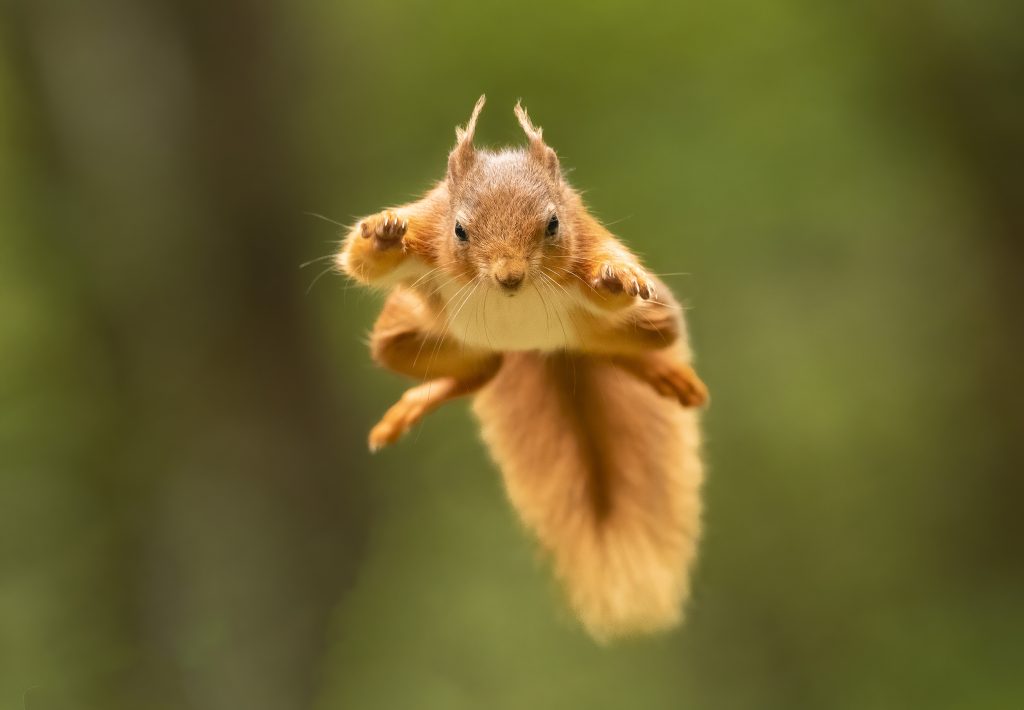
HHA: I know that you were originally based in Cornwall, but you have recently moved to Canada. What prompted you to move there?
My wife is still in the military, so she is based here for four years, and we are moving north this year to Ottawa, where she’ll be working for the British High Commission. And we’ll be moving back to Cornwall in the summer of 2027.
HHA: Looking back over all the time that you have been involved in wildlife and nature – do you feel more, or less optimistic about the future for wildlife?
My gut feeling is that I am more concerned about the future for wildlife in the UK. We seem to be doing a U-turn on funding for conservation, eating up more land for housing, and the lack of strong deterrents for illegal persecution is alarming. I feel that we are moving in completely the wrong direction.
I am optimistic that more and more people want to make a difference for wildlife, but government just doesn’t seem to be listening at the moment.
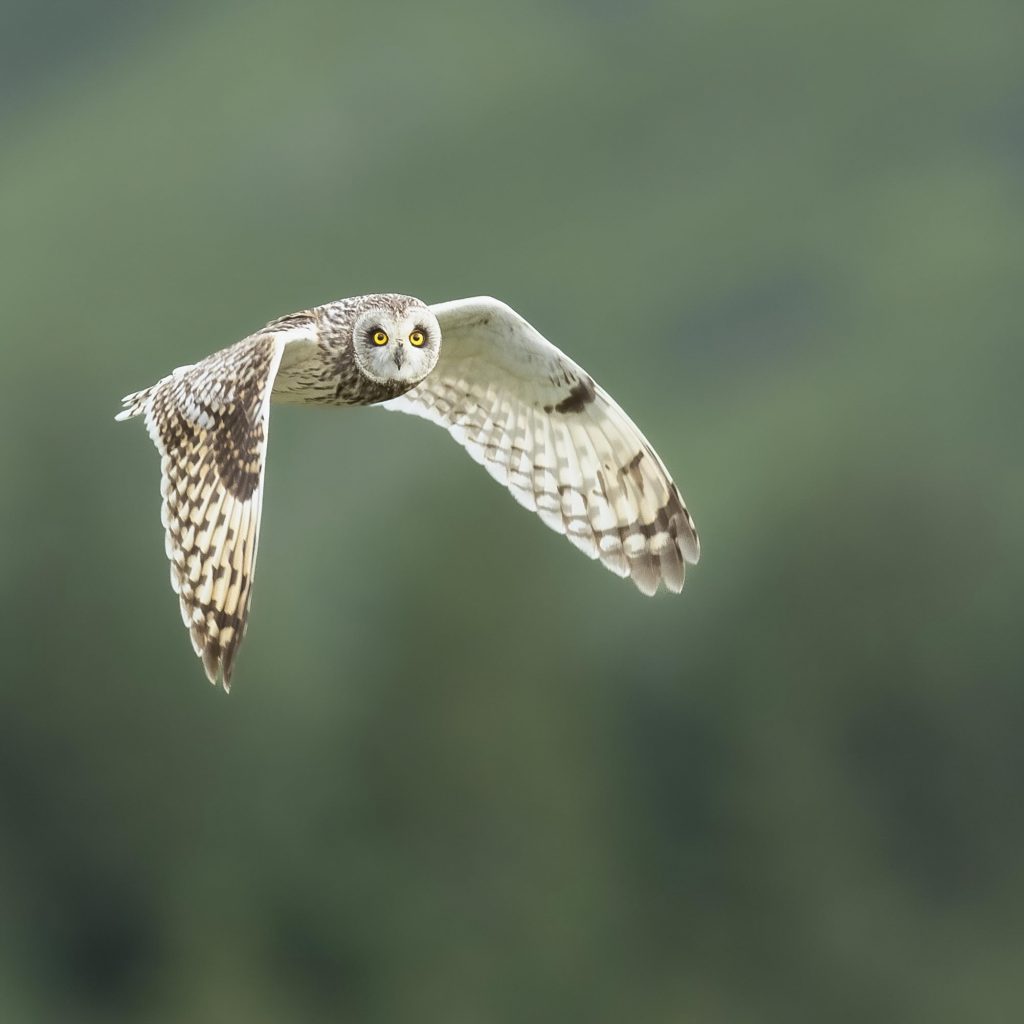
HHA: As a judge in the Young Wild Photographer competition, which has a theme of Spring, the season of renewal, what kinds of shots to you hope to see among the entries?
It’s a great competition with plenty of flexibility around what subjects the young entrants can focus on, from birds and mammals to plants and insects.
It’s always nice to see early catkins on willows, carpets of bluebells and snowdrops, birds getting busy ahead of the breeding season, courtship behaviour, and nature coming alive again.
For me, I’m always keen to see original images of classic species like Robins and Blackbirds, and interesting macro images.
I like to see some of the environment in the image too, not just the subject close-up but also the context – using the ‘rule of thirds’ to show the species and the backdrop.
(Note how Richard has used the ‘rule of thirds’ to crop the picture of this Short-eared Owl to good effect. If you haven’t come across it before, this Wikipedia article explains the photography technique well).
HHA: And do you have any tips for the young people who are entering the competition about how to achieve their best shots to enter?
The key thing is to get out early to get the best light, in the morning, or the last hour of daylight, the so-called ‘golden hours’. Getting low on the ground when you are photographing bird and mammal species, to capture the subject at eye level. And if you can get a good sharp focus on the eye, with a blurred uncluttered background – a shallow depth of field – that can really bring an image to life.
Photography in an urban environment can produce some really good results – you don’t have to be in a remote part of the countryside to get great wildlife shots. And again I would suggest keeping the ‘rule of thirds’ in mind to put the subject into its environment.
You can find out more about Richard and his work on his website:
https://richardbirchett.co.uk/
and on his YouTube channel:
Tagged wildlife photography
